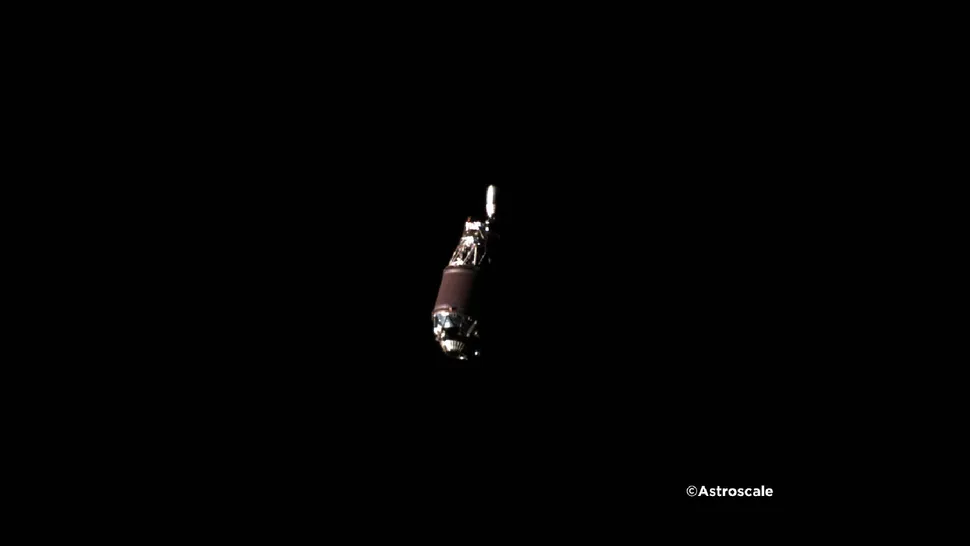A new Japanese mission to photograph space junk from orbit marks a milestone in orbital debris cleanup efforts.
A private Japanese company has taken the world's first close-up photo of an individual piece of space debris, by parking another satellite next to it in orbit. This orbital photo op is the first step in an ongoing mission to capture and destroy potentially hazardous pieces of space junk that are clogging up our sky.
It's easy to imagine space as a vast, empty frontier. But since the first satellite launched in 1957, the space surrounding our planet has gotten more and more crowded. Human-made space junk — including used rocket stages, decommissioned satellites, frozen fuel and flecks of paint — has been steadily accumulating in Earth's orbit over the past seven or so decades. Now, the space industry is trying to find ways to remove it.
There is currently more than 9,900 tons (9,000 metric tons) of space junk hanging out in Earth's orbit. That debris is a veritable minefield for newly launched satellites and spacecraft; even a tiny piece of debris can tear a hole through a spacecraft with enough momentum. It can even pose a threat to people on the ground when it falls from orbit. And the longer that space debris stays in orbit, the more it multiplies. Collisions between defunct satellites or parts of rockets can break larger debris into smaller pieces, making the resulting fragments harder to track and increasing their chances of hitting an active satellite.
Understandably, space agencies around the world are interested in cleaning up some of that floating garbage before it damages functioning spacecraft. A private Japanese company recently took some of the first steps.
In mid-April, a spacecraft launched by private space company Astroscale successfully identified, approached and photographed a large piece of orbital debris — the upper stage of a Japanese H-IIA rocket that has been circling Earth since 2009. The demonstration was meant to test the craft's ability to maneuver close enough to a piece of space junk to capture it, without crashing into it. By all accounts, the mission was a success, setting the stage for future removal missions.
This milestone earned Astroscale a partnership with the Japan Aerospace Exploration Agency's (JAXA) Commercial Removal of Debris Demonstration initiative. The company is currently planning the second phase of the mission, which aims to remove a piece of debris, using a robotic arm attached to the craft to push the debris into a fiery descent through Earth's atmosphere.
JAXA is not the only space agency looking to clean up Earth's orbit. The European Space Agency (ESA) has an active space-debris removal mission called ClearSpace-1, which is scheduled for launch in 2025. NASA is currently developing its own debris-removal program in partnership with six private U.S. space companies. And Astroscale's U.K. branch plans to launch a cleanup mission later next year.
- Karlston
-

 1
1




Recommended Comments
There are no comments to display.
Join the conversation
You can post now and register later. If you have an account, sign in now to post with your account.
Note: Your post will require moderator approval before it will be visible.